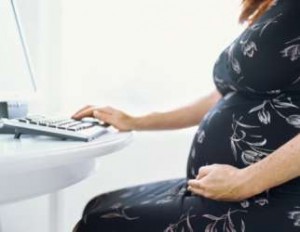The facts on self-employed maternity leave
The decision to join the EI system comes down to math.
Advertisement
The decision to join the EI system comes down to math.
 I was self-employed when both of my children were born. Since I didn’t contribute to Unemployment Insurance, as it was called back then, I couldn’t claim maternity benefits. I was in the same boat as a lot of small-business owners and contract workers.
Last year the federal government decided to try and level the playing-field by offering self-employed people the option of buying into the Employment Insurance program so they can qualify for mat leave benefits, along with a slew of others including parental, sickness and compassionate care benefits.
I was self-employed when both of my children were born. Since I didn’t contribute to Unemployment Insurance, as it was called back then, I couldn’t claim maternity benefits. I was in the same boat as a lot of small-business owners and contract workers.
Last year the federal government decided to try and level the playing-field by offering self-employed people the option of buying into the Employment Insurance program so they can qualify for mat leave benefits, along with a slew of others including parental, sickness and compassionate care benefits.
Share this article Share on Facebook Share on Twitter Share on Linkedin Share on Reddit Share on Email